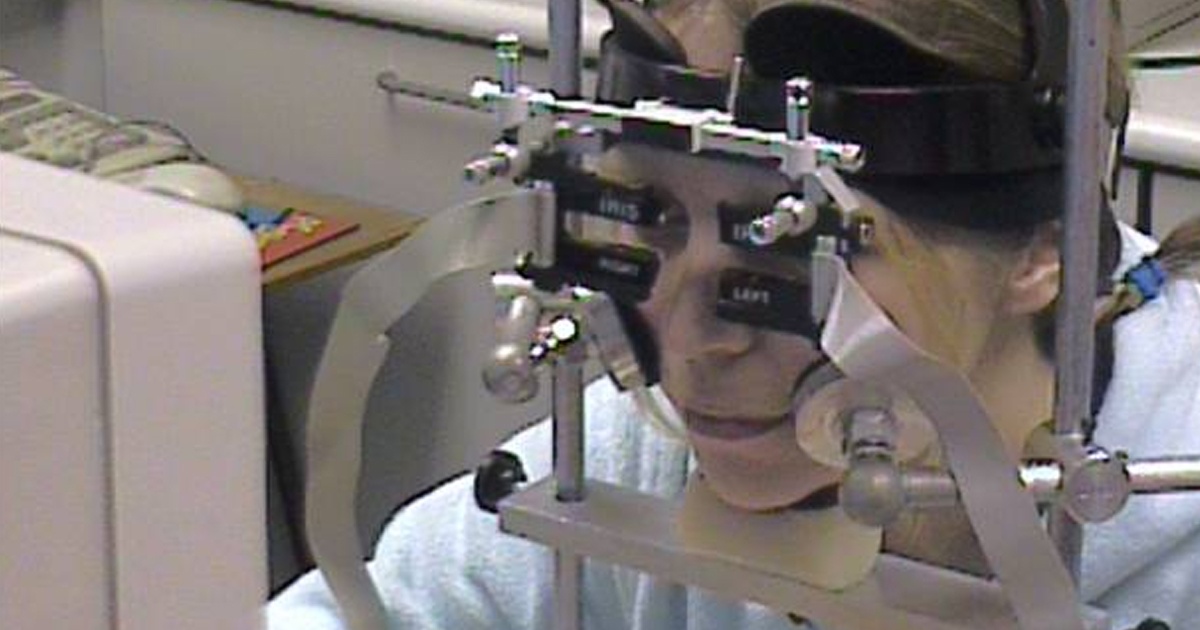Peer J published article that shows advances in using a new eye movement test developed to understand the functions of parts of the brain.
Researchers at the University of Liverpool developed an eye movement test that promises to help improve understanding of how parts of the brain work, especially during aging.
The study consisted of the analysis of two groups of healthy people, two different age groups, the first from 19 to 27 years and the second from 50 to 72. Participants had to observe a dot in the center of a computer on a screen and subsequently see a second point that appeared left or right, the goal was to observe not when it appeared, but when it disappeared.
“As people instinctively look at things when they appear, this requires the inhibition of a normal automatic eye movement. Eye movements were measured precisely using an infrared eye tracker, revealing how often they looked too early,” as it reads in the University of Liverpool press release.

The results showed that older group participants were more likely to look at the point when it appeared and not when it disappeared, and were also slower compared to the younger group of participants.
Dr. Paul Knox, who led the research said: “We are designed to react to things appearing in our visual world. It is something we do automatically. However, we also have the ability to stop ourselves responding and this prevents us becoming slaves to our sensory environment”.
For the full article: Age-related alterations in inhibitory control investigated using the minimally delayed oculomotor response task, go to the following link: https://peerj.com/articles/8401/






